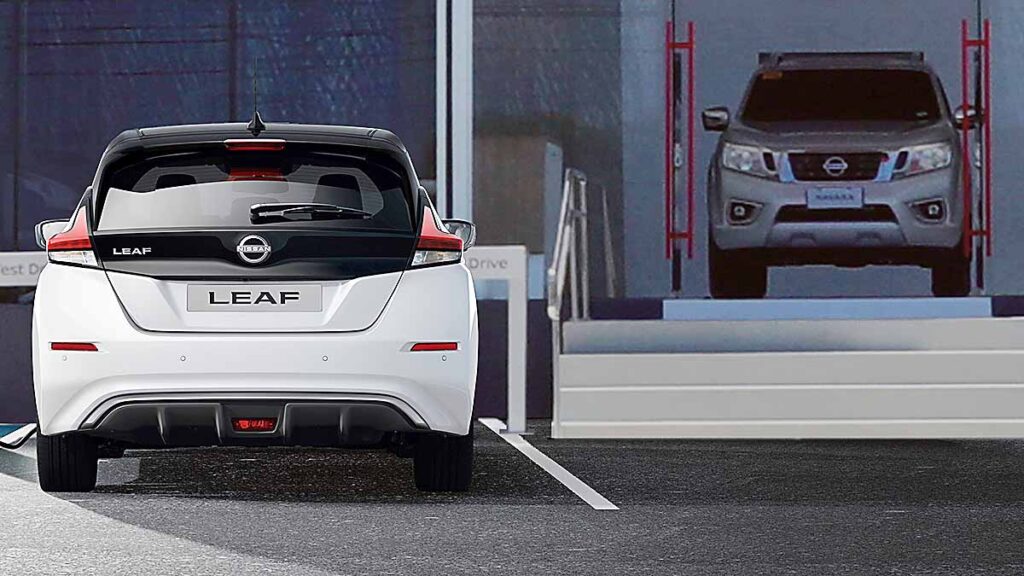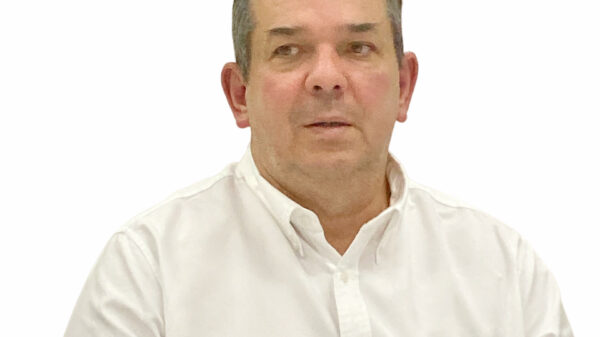The Philippines may be a tad too late into the game, but it sure is making a big, bold move into the electric vehicle scene. That’s especially true this year.
Just about every car maker in the country has an entry to that trendy new phrase “sustainable mobility.”
From Jetour Ice Cream to MG4, to BYD Dophin and BYD T3, to Nissan Kicks e-Power, to Chery Tiggo 5 and Tiggo 7 hybrids, they are fast becoming household names in the motoring industry.
Big traditional brands are also well in the loop with Toyota’s Zenix, Honda’s eNy1; Suzuki is offering eVx in the next two years; the same way Chery just might launch here the version of its Omoda 5 aside from previewing fully electric eQ1 and eQ7.
Now for the sake of conversation, by EV we mean the entire spectrum covering fully electrified, hybrid, plug-in and battery.
Based on the Electric Vehicle Association of the Philippines, there have been 16,000 EVs sold in the Philippines this year, including motorcycles and buses.

Photograph courtesy of Jetour Philippines IT doesn’t only look cute, Jetour’s Ice Cream is a compact that runs on lithium-ion battery and costs P699,000.
The association envisions the EV units to reach more than 6.6 million units by 2030. Quite a daunting target, but very much doable, according to the group.
During last October’s EV Summit, the EVAP said the problem is no longer the demand but the supply. Meaning, more and more people — mostly high-income families — are making the big switch.
They realized the lower cost of owning an EV: It is cheaper to run compared to gas-fed and because of fewer engine components to maintain.
And, of course, its contribution toward a greener, quieter environment.
The government, through no less than President Ferdinand “Bongbong” Marcos Jr., has made its contribution as well.
He said the promotion of electric vehicles is a priority of the government, in accordance with the Paris Agreement global treaty on climate change; that by 2040, 50 percent of the vehicles plying our roads would be EVs.

ONE of the most visible fully electric cars nowadays is the Nissan Leaf.
“Strive with us as we generate more employment opportunities, enrich our people’s quality of life, and foster more environmentally friendly communities,” Marcos said in his recent speech.
Already, the government has been giving incentives to EV owners in terms of lower taxes, exemption from number coding, and prioritization in the registration with the Land Transportation Office.
EVAP is also taking the lead in the EV sector to actively implement the provisions outlined in the Electric Vehicle Industry Development Act or Republic Act No. 11697.
In the three-day EV Summit, EVAP lined up its goal which is essentially to push for an even broader EV adoption across the nation.
Held at the SMX Convention Center Pasay City, the event highlighted the latest in EV technologies, innovations, and fresh product releases from major players within the country and the surrounding region.
It also worked on making the most of the EVIDA Law. Like how to compel corporate entities as well as government bodies to ensure that EVs make up a minimum of five percent of their fleets.
Several of them have already started to comply.

PHOTOgraph COURTESY OF EVAP
LOCAL manufacturers are fast-tracking their respective versions of e-jeepneys.
“Our partner, the Department of Energy, is actively pushing for a faster rollout of EV use nationwide under its Comprehensive Roadmap for the Electric Vehicle Industry or CREVI,” EVAP president Edmund Araga said.
“This is serving as our ‘north star’ for wider and more concise implementation of the EVIDA Law.”
The Department of Trade and Industry is developing a national Electric Vehicle Incentive Strategy to further incentivize local enterprises to transition to EVs.
On the other hand, the Department of Transportation is making strides toward modernization of public utility vehicles, earmarking EVs as the favored transport units. Various other government agencies are also playing their part in fostering EV adoption.
Looking at the bigger picture, the Philippines still has a lot of ground to cover in terms of doing away with internal combustion engines.
After all, it’s never easy to part ways with something that has been with you (for better or for worse) through generations.

PHOTOGRAPH COURTESY OF EVAP to entice more converts, malls and even offices are setting up exclusive parking spaces with charging stands for EVs.
The United States, one of the leading lights in the EV revolution, has 2.13 million EVs on the road based on the 2021 study by the Monthly Energy Review.
The Philippines has long ways to go to even match that.
Plus, the main sticking point of battery longevity, which just could be the missing link in this new breed of transportation mode.
Last year, the country had only 900 EV charging units spread across various stations nationwide.
We need more than that in order to help Filipinos to realize that electric dream.

















